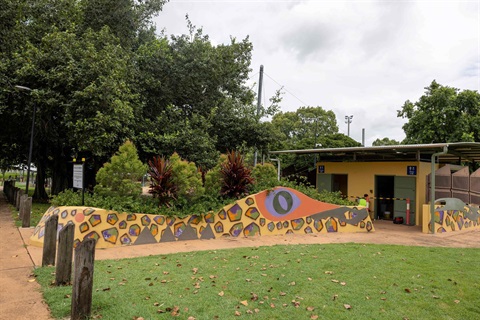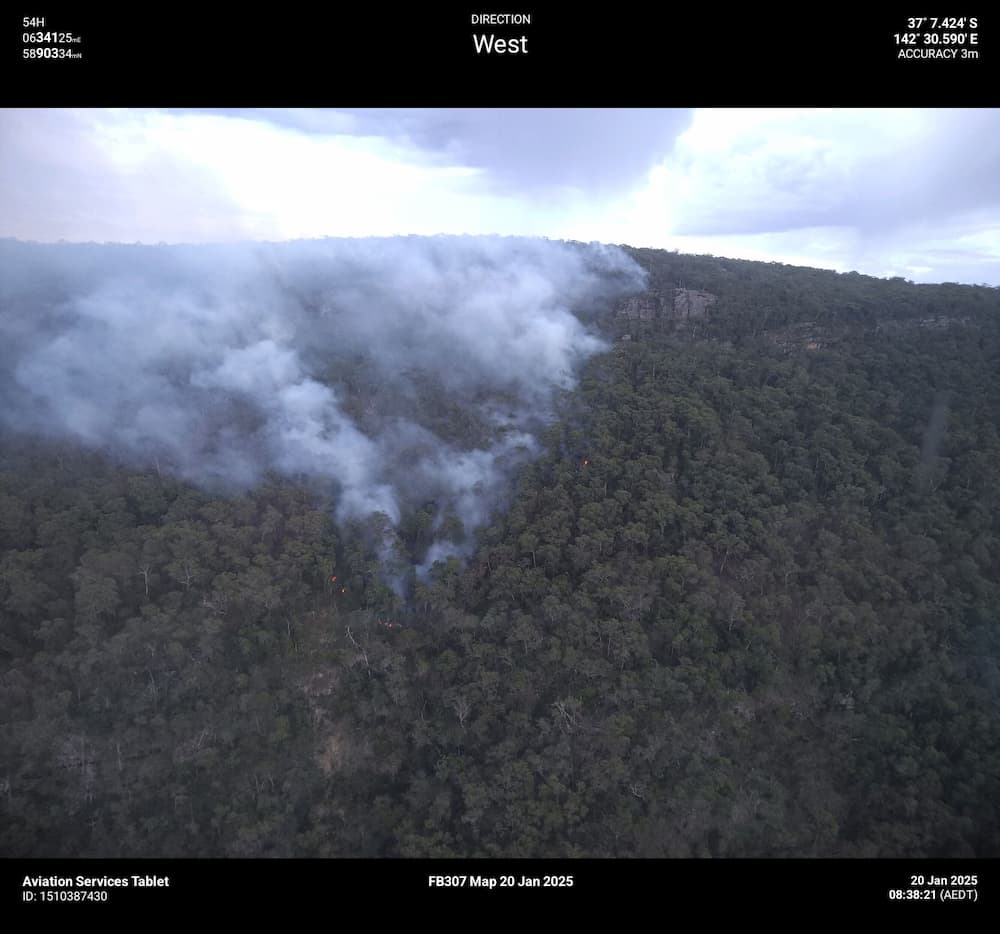
Dr Loukas Koungoulos scanning a specimen. Photo: Fiona Wolf/University of Sydney
New archaeological research by the University of Sydney has discovered for the first time clear links between fossils of the iconic Australian dingo, and dogs from East Asia and New Guinea.
The remarkable findings suggest that the dingo came from East Asia via Melanesia, and challenges previous claims that it derived from pariah dogs of India or Thailand.
Previous studies used traditional morphometric analysis – which looks at the size and shape of the animal using callipers – to trace the dingo’s ancestry to South Asia.
However, the new study, published in , uses sophisticated 3D scanning and geometric morphometrics on ancient dingo specimens to show clearly that they are most similar to Japanese dogs, as well as the ‘singing dogs’ of New Guinea and the highland wild dog of Irian Jaya.

Graphic showing relative heights of dingoes.
Dr Loukas Koungoulos, a research associate in the Discipline of at the University of Sydney, said: “The origins of this controversial Australian native animal have been heavily debated for more than a century. Our research has found the elusive first links between fossil material that suggest dingoes have evolved locally from an East Asian dog-like ancestor.”
Dr Koungoulos added: “The archaeological sites at Lake Mungo and Lake Milkengay hold some of the oldest evidence of dingoes in the whole of Australia. It is incredible to see how these remarkable animals have evolved over thousands of years and gives us a greater understanding of this uniquely Australian species.”
The study team – which included Associate Professor Melanie Fillios from the University of New England and Dr Ardern Hulme-Beaman from the University of Liverpool – looked at the remains of ancient dingoes found at Lake Mungo and Lake Milkengay in western NSW.
Associate Professor Melanie Fillios said: “Our research underscores the antiquity of dingoes, pointing to a common ancestor between dingoes and the more recent canines in Southeast Asia.”
In collaboration with the Traditional Owners, the team used radiocarbon dating to discover that some remains were over 3,000 years old.







